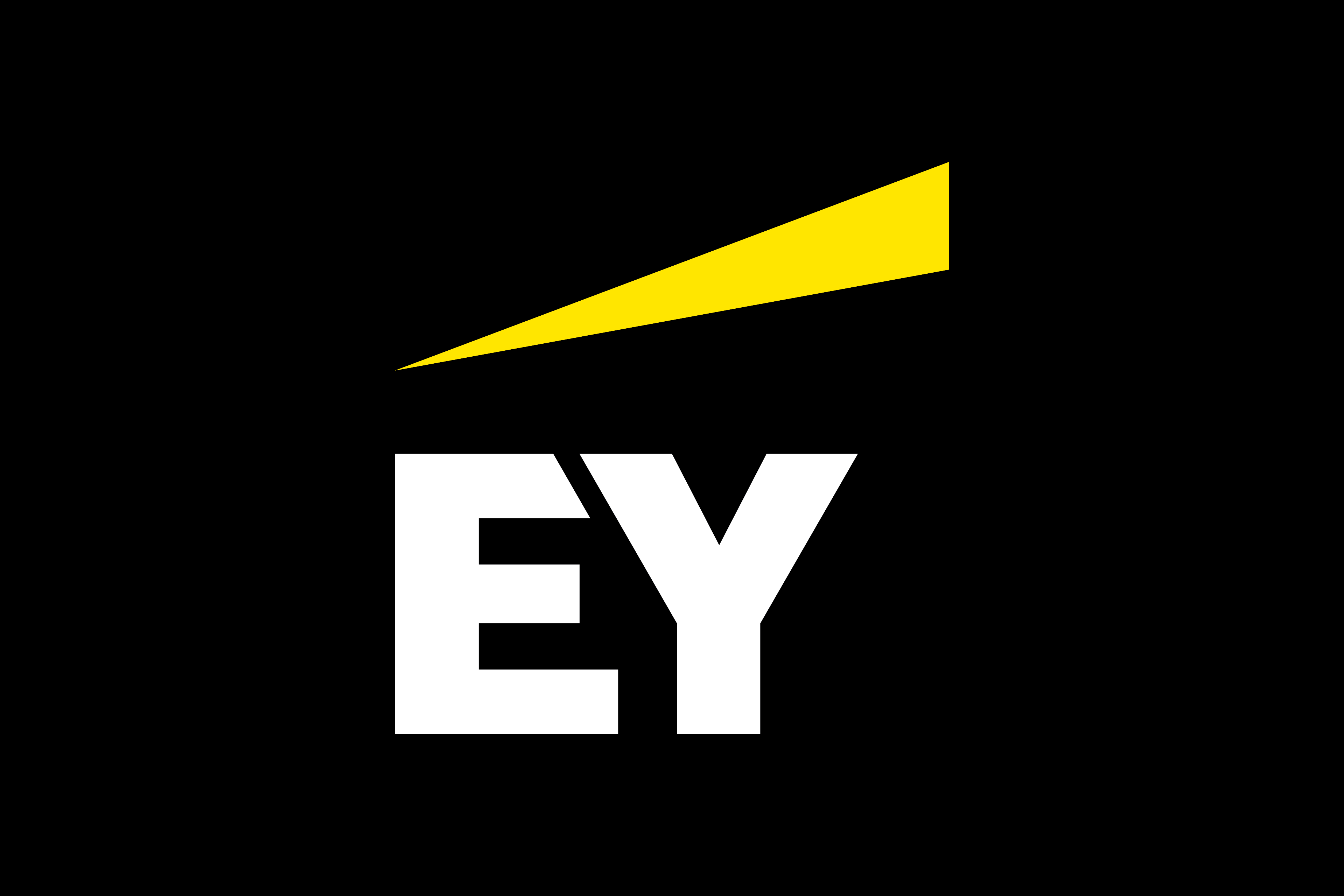EY refers to the global organization, and may refer to one or more, of the member firms of Ernst & Young Global Limited, each of which is a separate legal entity. Ernst & Young Global Limited, a UK company limited by guarantee, does not provide services to clients.

Contributor: Helen Mitchell
Canadian boards that ask poignant trade and tariff questions can help organizations navigate volatility and emerge stronger. Read through our top 12 suggested questions now.
In brief
- As Canadian businesses face shifting geopolitical and economic headwinds, boards have a vital role to play in shaping strategy and strengthening operational and financial resilience.
- By asking the right questions, boards can help build much-needed agility in a market where the ability to pivot is essential to success.
Canadian organizations need to take an integrated approach to addressing global trade challenges. Thinking big picture — and assessing supply chain, trade and tax implications in a coordinated way — can help businesses implement short- and medium-term strategies. For boards, these uncertain and volatile times require not just oversight but active engagement. Boards should consider key strategic, operating and financial reporting questions as they engage with management during these unprecedented times.
What are Canadian boards facing now?
Heading into 2025, the Canadian economy was picking up speed, with easing inflation, interest rate relief and green shoots sprouting in the economy and housing market. But the radical shift in US trade policy and rapid enaction of tariffs between the US and Canada has changed this trajectory. There is significant uncertainty as to the extent and duration of trade barriers, and where these changing government policies will lead the US-Canada relationship. The uncertainty will weigh on investment and spending decisions and is likely to slow future economic growth — and even potentially lead to recession.
From the industry perspective, Canada has been the largest import trading partner for 23 states in the US since 2023. Nationally, our oil and gas and manufacturing industries are the most exposed to evolving US tariffs, as they primarily trade goods across the border. Compounding this uncertainty, dozens of US trading partners are now engaged in bilateral trade negotiations, including ongoing conversations between Canada and the US.
As Canadian businesses continue operating in the face of continuous disruption, boards will want to help shape an integrated approach that blends short- and long-term actions. This can generate the kind of flexibility needed to stay agile in today’s market, while moving towards a future that remains unclear.
How boards can help Canadian businesses take action
There’s no one right answer for Canadian businesses looking to mitigate risk and succeed right now. That’s why an integrated approach is so important. Rapid assessments can help you understand your organization’s current state, tariff impacts and operational flexibility.
Scenario modelling is a great way to evaluate supply chain and tax options that may help mitigate duty impacts, highlighting areas that could benefit from short-term adjustments as opposed to strategic footprint changes. This insight can empower your business — and the boards that serve them — to make shorter-term changes capable of generating immediate benefits — for example, reducing tariff and supply chain costs with minimal disruption to operations and distributed costs. It can also inform longer-term and strategic changes you may need to make to improve resilience, reduce the risk of global disruption, avoid unsustainable profits and more.
To help your organization weather this storm, your board will need to play an active role in the response and ask the right questions:
- Do we need to reconsider aspects of our strategy or key investments to reflect current risks and uncertainties? Are there fundamental assumptions inherent in our strategy that should be reconsidered?
- Have we completed a current-state assessment of potential tariff impacts and operating flexibility, including supply chain, trade and tax considerations? Do we have the capabilities to model or react to developments in the fluid trade environment on pricing?
- What scenarios are being used in our planning and how do we think potential outcomes will affect the business? How often are these assumptions being reassessed and discussed with the board?
- Do we have an agile management team with the experience and capabilities to operate effectively in this quickly evolving environment?
- How are we managing any tensions arising in our cross-border workforce and keeping our teams cohesive and engaged?
- Beyond current trade impacts, are we positioned to absorb the rising probability of an economic downturn? What monitoring is being performed to ensure that early downturn indicators can be considered in business decision-making?
- Are there opportunities we should consider investing in to capitalize on the uncertainty or benefit from the unprecedented change in policies?
- Have we challenged the board’s governance philosophy in this operating environment? Are we allocating purposeful and sufficient time for discussions related to the current geopolitical uncertainty?
- How are we engaging with our customers and suppliers to understand the impact the tariffs may have on our business? What are we hearing?
- What steps are we taking to evaluate the impacts of tariffs on financial statements — for example, impairment of assets, fair value measurements, valuation of inventory, expected credit losses, onerous contracts and more?
- How are these tariffs impacting our financial plan and, if applicable, market guidance? What additional disclosures are we making in our management’s discussion and analysis to address the new risks and uncertainties?
- What forecast scenarios are being used to prepare assessments for financial reporting, such as forecast cash flows for a goodwill impairment test or for credit loss modelling, and do we anticipate the need for assistance from advisors?
The bottom line
Boards that ask the poignant questions now can help Canadian organizations set sound strategies to combat geopolitical and economic uncertainty.
Summary
Shaping these vital discussions can have a long-lasting and positive impact whatever your industry.



